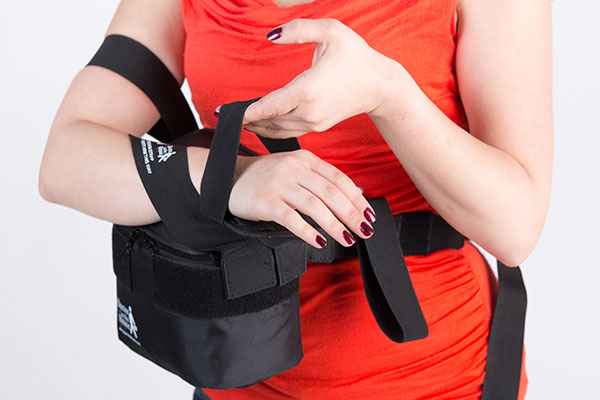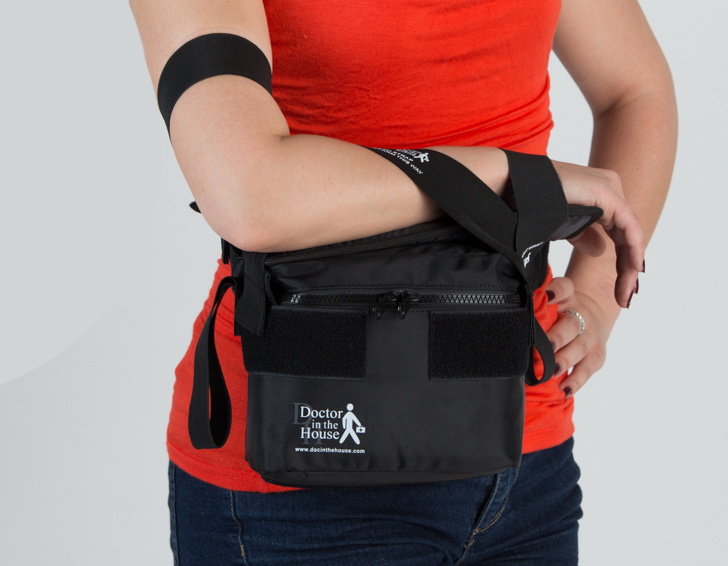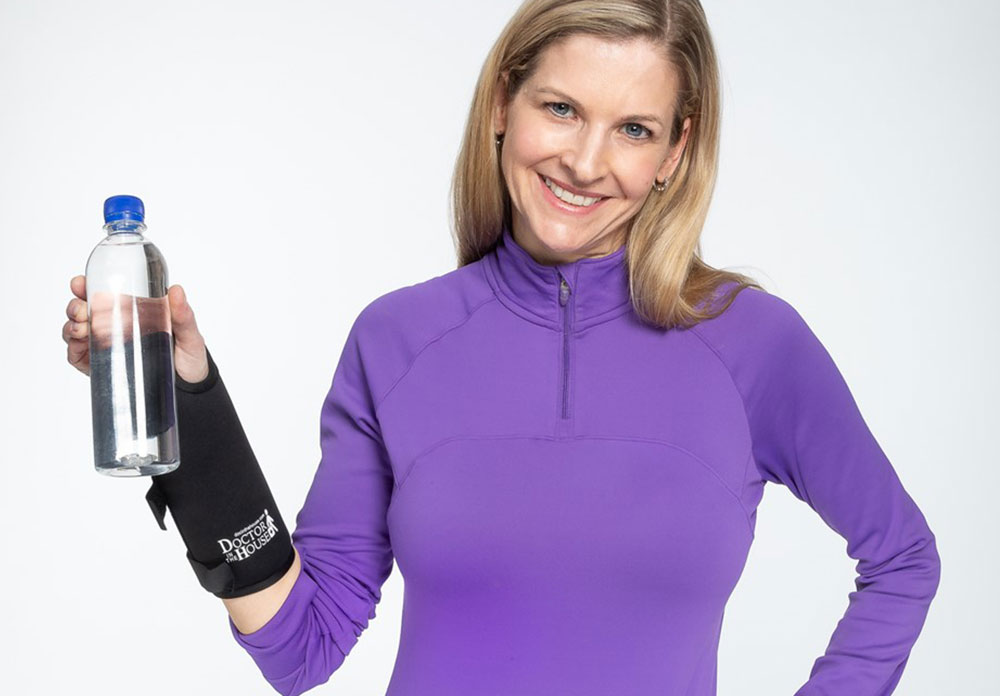





Different parts of the body require different types of braces that will form fit to that body part and allow for healing to begin. Different types of orthopedic treatment braces are:
Orthopedic braces are designed to treat the injuries that your body has sustained, allowing the body to heal properly and comfortably often without needing the aid of addictive opioid painkillers or injections. The goal is to prevent a patient from needing surgery; however, even if they have had surgery orthopedic braces can still help during the healing process in lieu of the painkillers.
Frankly, many doctors are just busy. It is often quicker to order a medication or offer injections, or even referral for surgery than to discuss braces, therapy and optional treatments. It’s not that they don’t care, it is that the system overloads their schedules, and to be fair, many have very little familiarity with braces, therapy or optional treatments (just as orthopaedists have little training in the complexities or treatment of heart and lung problems).
So what can you do? Ask your doctor if they think a brace might help, and if they do or think it couldn’t hurt, ask for a script. In my practice, we have had extraordinary success using braces for patients. I have often said, “my goal is to put myself out of business as a surgeon,” since I recommend trying alternatives to surgery first, such as therapy, lifestyle modification, and braces, and many patients gain equal relief, with no risk!
The full brace line for helping these injuries and medical products from Doctor in the House were developed by Dr. Scott Fried, who is a board certified orthopedic surgeon. Along with his team of healthcare professionals, they promote a “surgery as a last resort” approach to the treatment of injuries, although the doctor points out – “braces also work very well post operatively for patients who have incomplete relief with surgery.” As a surgeon, Dr. Fried fully understands the importance and benefits of surgery, but more importantly understands the importance and benefits of trying other methods such as orthopedic braces and therapy first before resorting to surgery.
Standard braces can sometimes be uncomfortable, which can cause a patient to adjust the injured part of their body more than recommended. The idea behind the Doctor in the House splints and braces is to not only provide maximum support, but to also be comfortable for the patient. These braces are designed to eliminate chafing, aggravation, or overly rigid support that can lead to frozen-shoulder, stiff backs or actual aggravation rather than relief from problems like carpal tunnel or sciatica


